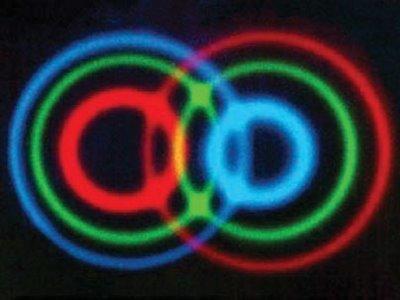Sheldrake R (1), Beharee A, Un test di telepatia rapido e on line. Bollettino di Psicologia, 2009 Jun; 104 (3): 957-70. Informazioni sugli Autori: (1) Progetto "Perrott-Warrick", Londra, Regno Unito, e-mail: [email protected]
Riassunto
In un test automatizzato online sulla telepatia, ciascun partecipante aveva quattro mittenti, due reali e due virtuali generati dal computer. In una serie di prove da 12 30 secondi, il computer selezionava uno dei mittenti a caso e gli chiedeva di scrivere un messaggio al soggetto. Dopo 30 secondi al partecipante è veniva chiesto di indovinare che aveva scritto il messaggio. Dopo che il computer aveva registrato la sua ipotesi, gli inviava il messaggio. In un totale di 6.000 prove, ci sono stati 1.559 risposte positive (26,7%), dato significativamente al di sopra della aspettative di probabilità del 25%. Nei test filmati, il tasso di successo è stato molto simile. Il tasso di successo con i mittenti reali era superiore a quello con mittenti virtuali, ma c'era un forte pregiudizio di indovinare a favore dei mittenti reali. Quando i soggetti ad alto punteggio positivo sono stati ritestati, i tassi di successo generalmente sono diminuiti, ma un soggetto ha ottenuto più volte punteggi sopra sopra la casualità.
---
Sheldrake R1, Beharee A, A rapid online telepathy test. Psychol Rep. 2009 Jun;104(3):957-70. Author information: (1) Perrott-Warrick Project, London, UK. [email protected]
Abstract
In an automated online telepathy test, each participant had four senders, two actual and two virtual, generated by the computer. In a series of 12 30-sec. trials, the computer selected one of the senders at random and asked him to write a message to the subject. After 30 sec., the participant was asked to guess who had written a message. After the computer had recorded his guess, it sent him the message. In a total of 6,000 trials, there were 1,559 hits (26.7%), significantly above the chance expectation of 25%. In filmed tests, the hit rate was very similar. The hit rate with actual senders was higher than with virtual senders, but there was a strong guessing bias in favour of actual senders. When high-scoring subjects were retested, hit rates generally declined, but one subject repeatedly scored above chance.

